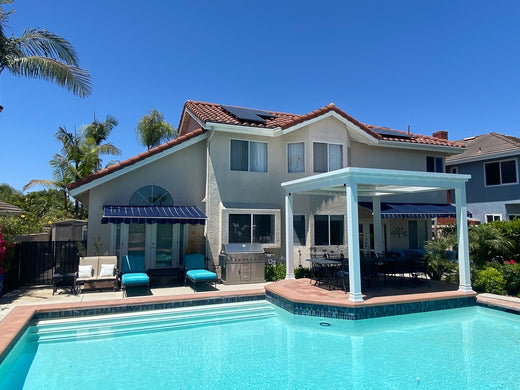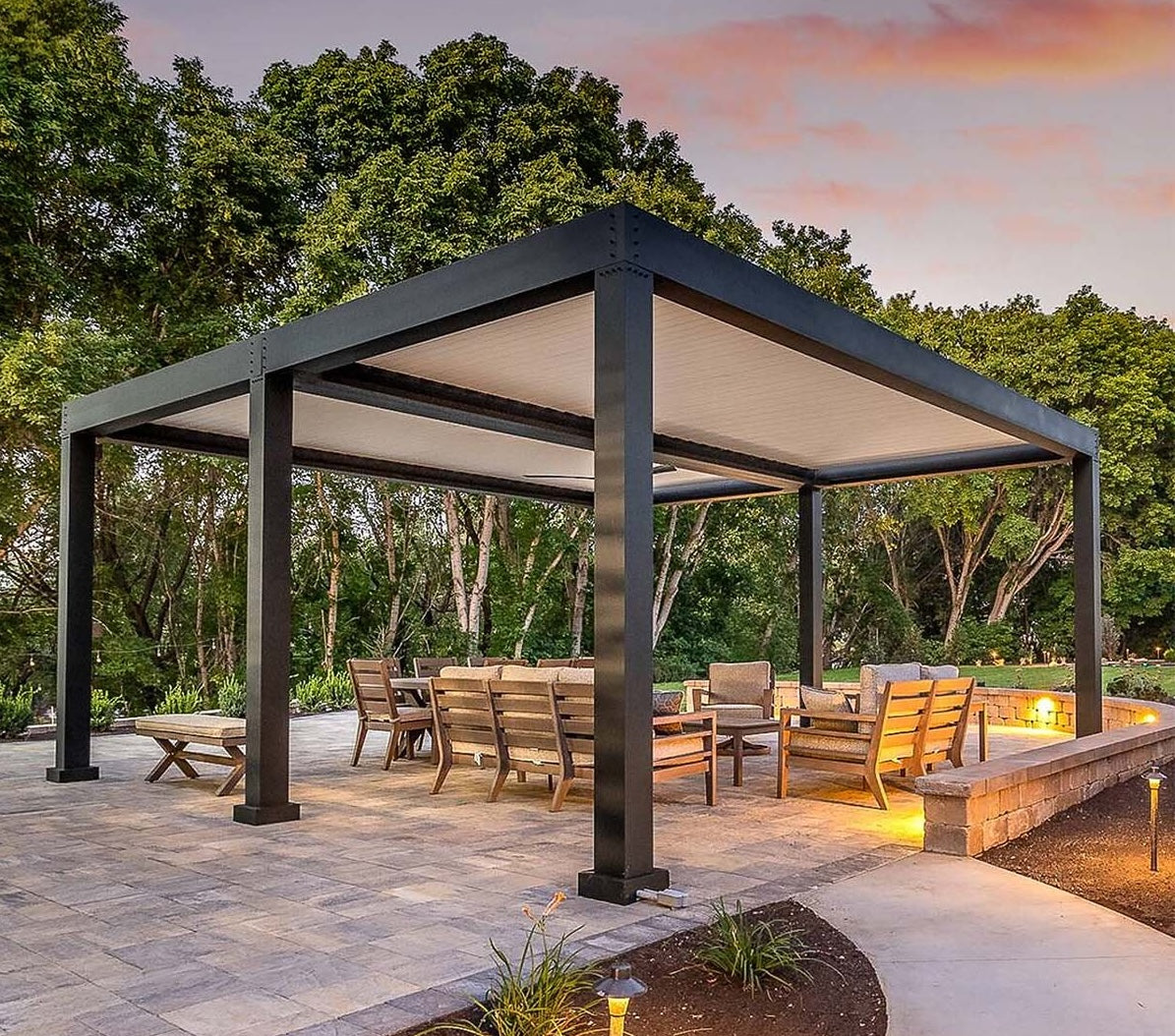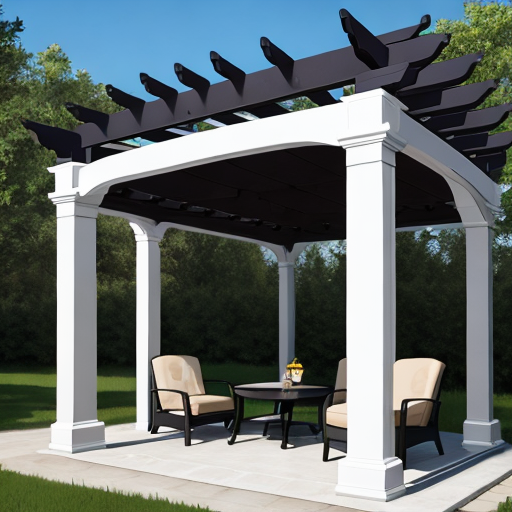Designing a Wind-Resistant Pergola
Do you live in a region with high wind speeds on a regular basis? Are you in a coastal area that sees hurricanes fairly often? If you are looking at adding a pergola to your outdoor space and live in a region described above, this is a very important read.
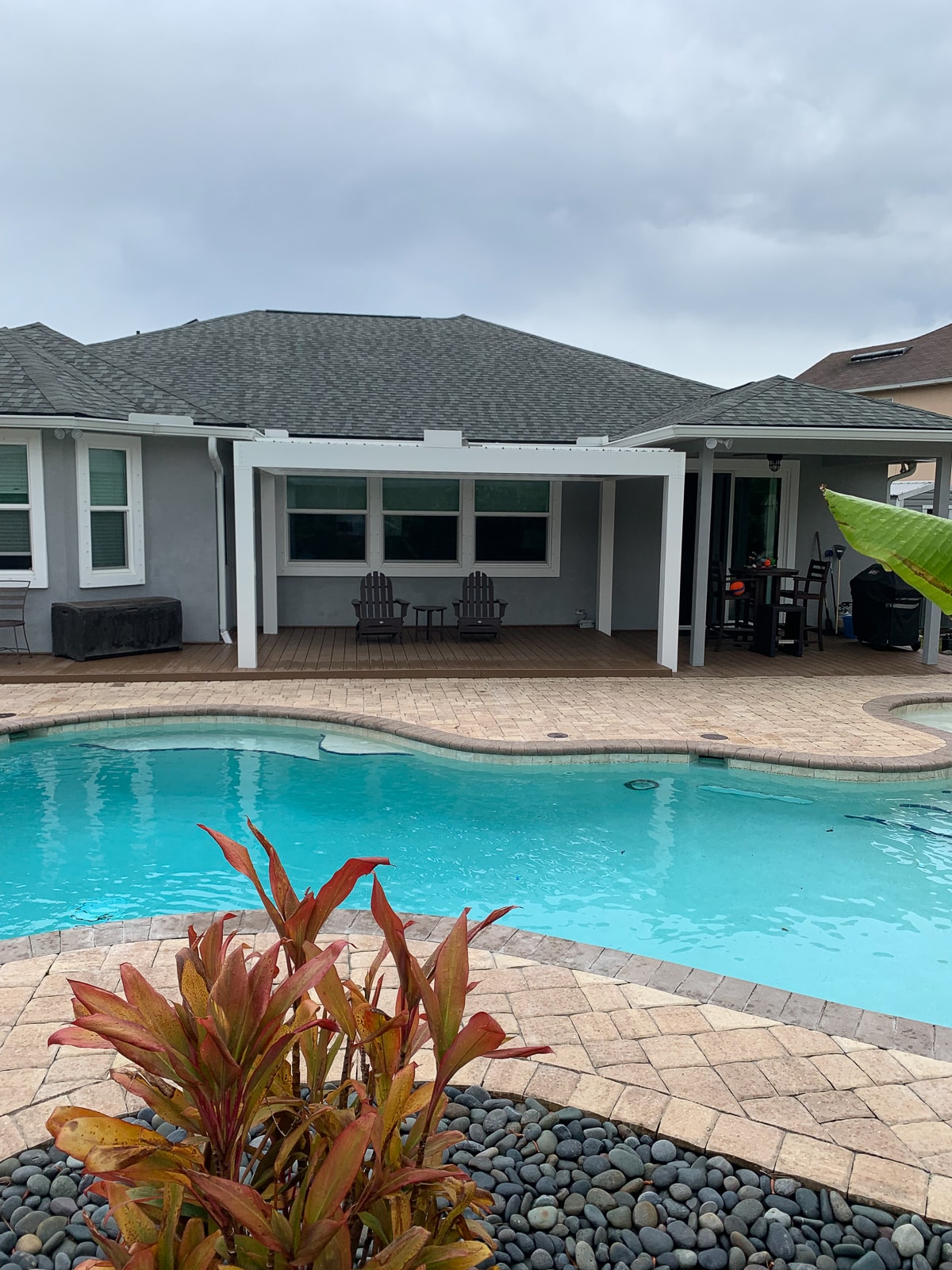
Table of Contents
A wind-resistant pergola requires careful consideration of not only the design but the materials that are used to build it. If the wrong materials are used, your pergola may decide to fly away.
The style of the pergola affects its wind resistance - Some materials and styles can withstand higher wind speeds than others.
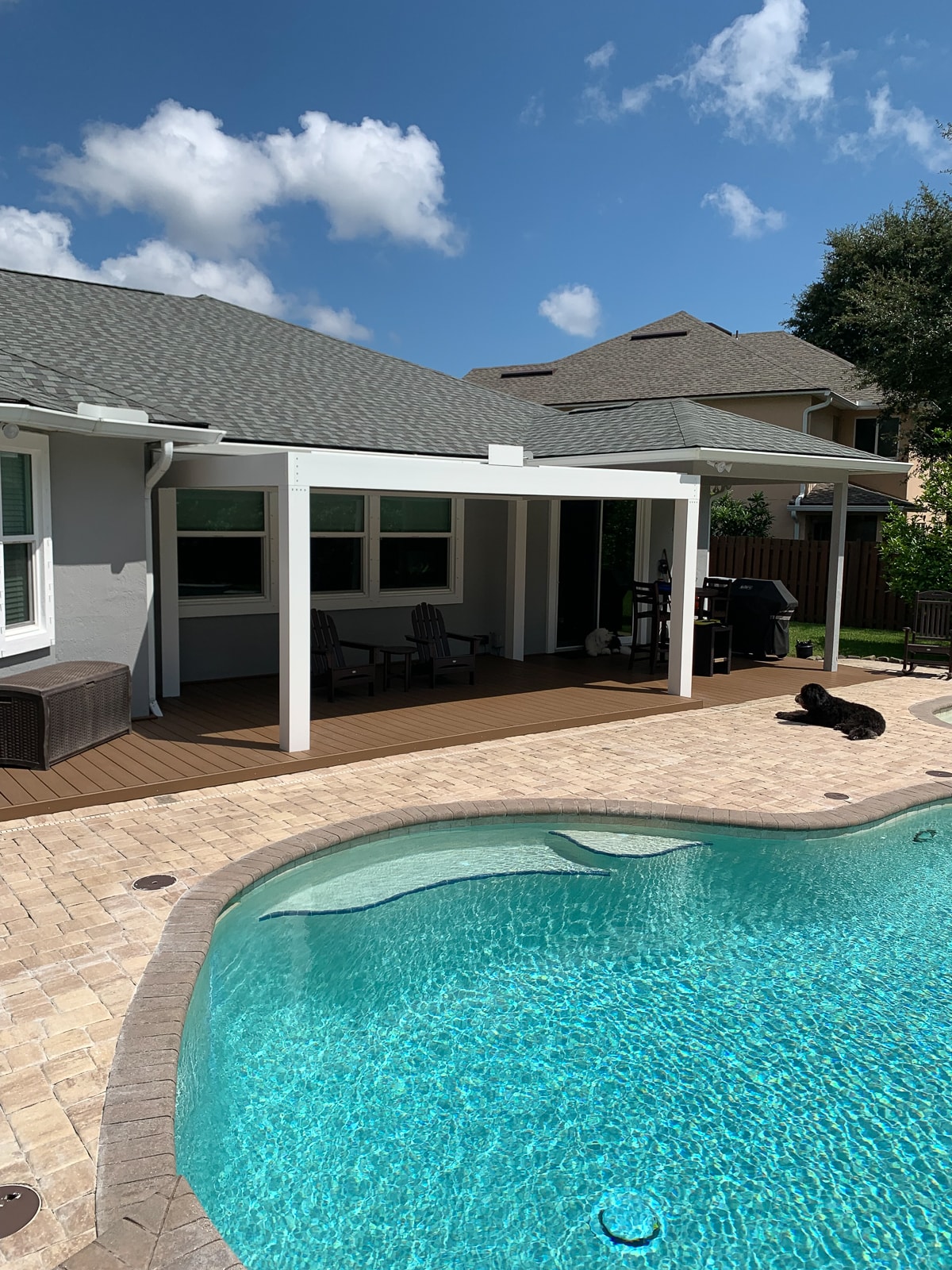
As with many other construction projects, proper installation is, of course, the key to success. If a screw is missed or the bolt is not tightened enough, it could make a rather large difference. Depending on materials used, will determine what wind speeds the pergola can withstand.
Choosing the Right Materials
Materials like wood, fiberglass, softwoods, and non-reinforced vinyl are not strong enough to withstand strong winds that are encountered in coastal regions. It's crucial to choose stronger material, such as extruded aluminum, for your pergola design.
Composite timber pergolas can be popular due to their durability, low maintenance, and eco-friendliness. A composite material will not rust or rot over time.
Steel and aluminum pergolas are also fantastic options but steel may rust and aluminum can corrode over time, if not properly finished or maintained. Be sure to use an AAMA 2605 Powder coat for your finish - This will give you a 10-year fade warranty, which is very important, especially when choosing darker colors like black or bronze.
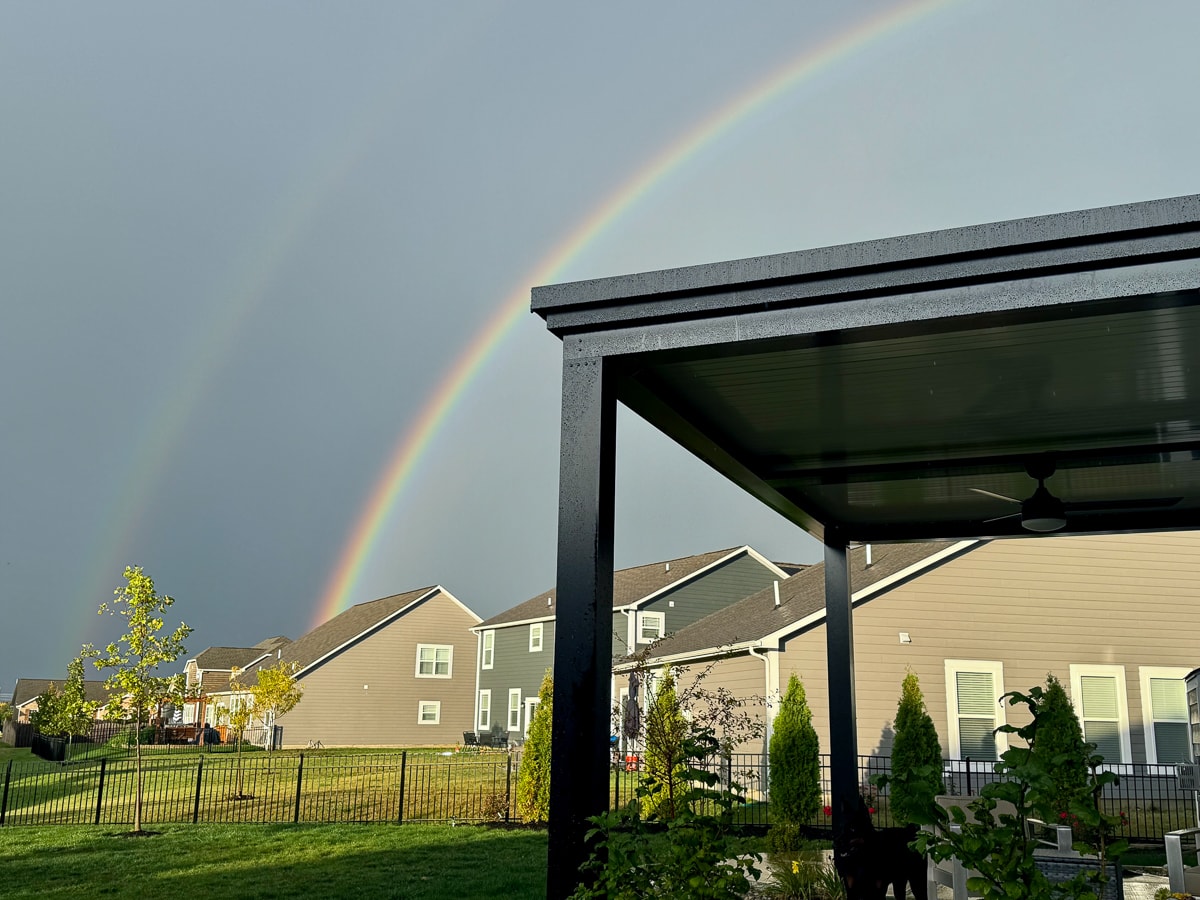
Hardwood pergolas, often made out of cedar or redwood, are a timeless option but will require regular maintenance, annually, to prevent cracking and rotting.
Installation and Anchoring
With your new pergola project, it's mighty important to ensure that your structure is sturdy and well-built. Be sure to use all needed bolts, screws, and other fasteners to build your new pergola kit, correctly.
Attaching a pergola to your house, if done correctly, will tie your unit directly into the framing of your home and make your pergola installation and design much stronger all while providing shade for your outdoor space.
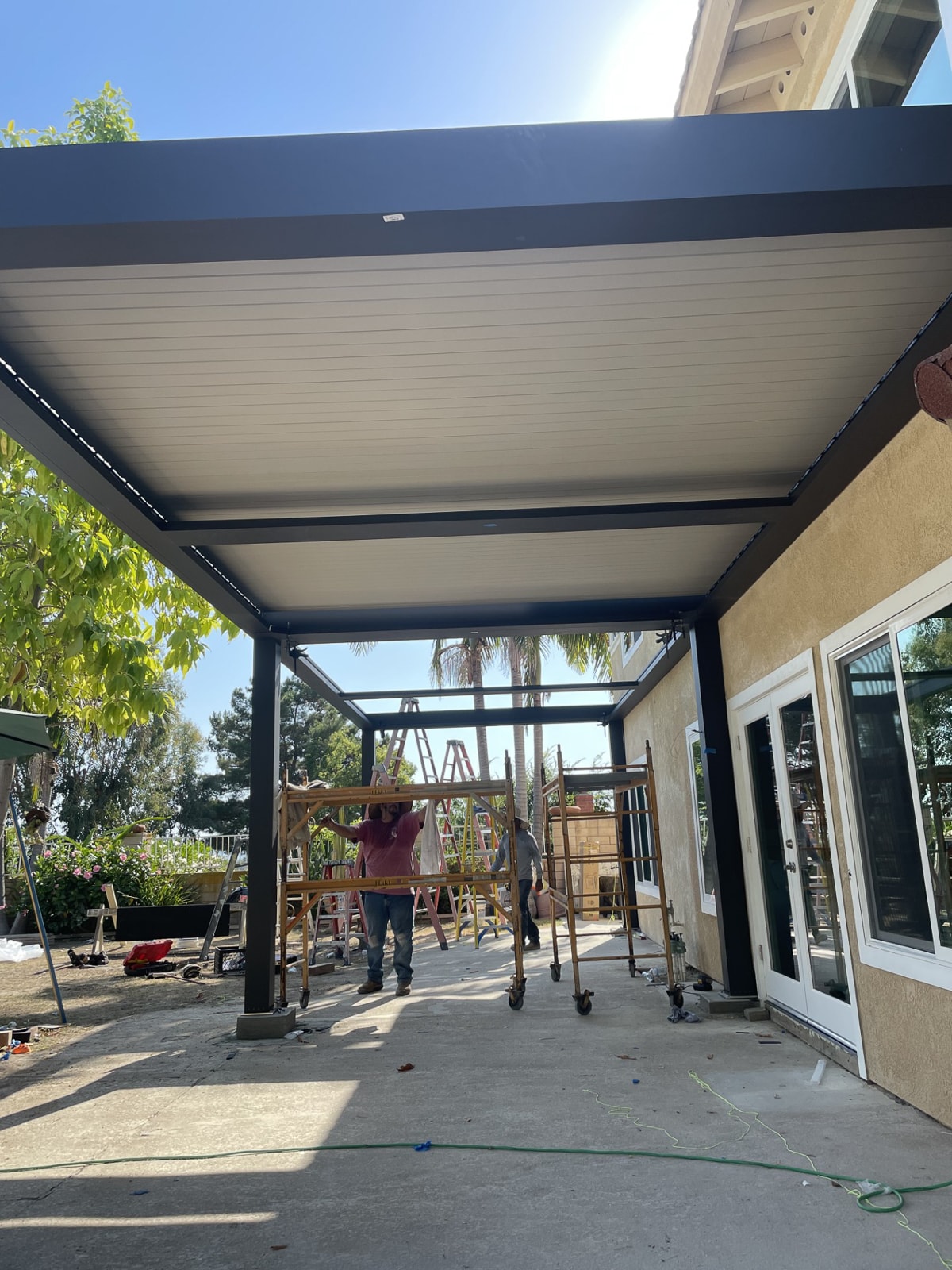
If you live in a hurricane region, it makes quite a bit of sense to go ahead and hire a professional who is familiar with your local building codes and understands how to properly install your pergola in a safe manner.
Site-Specific Considerations
Before beginning any home project, it's important to have a discussion with your local building department to determine if a permit is needed. Where your pergola is located has a crucial impact on wind resistance.
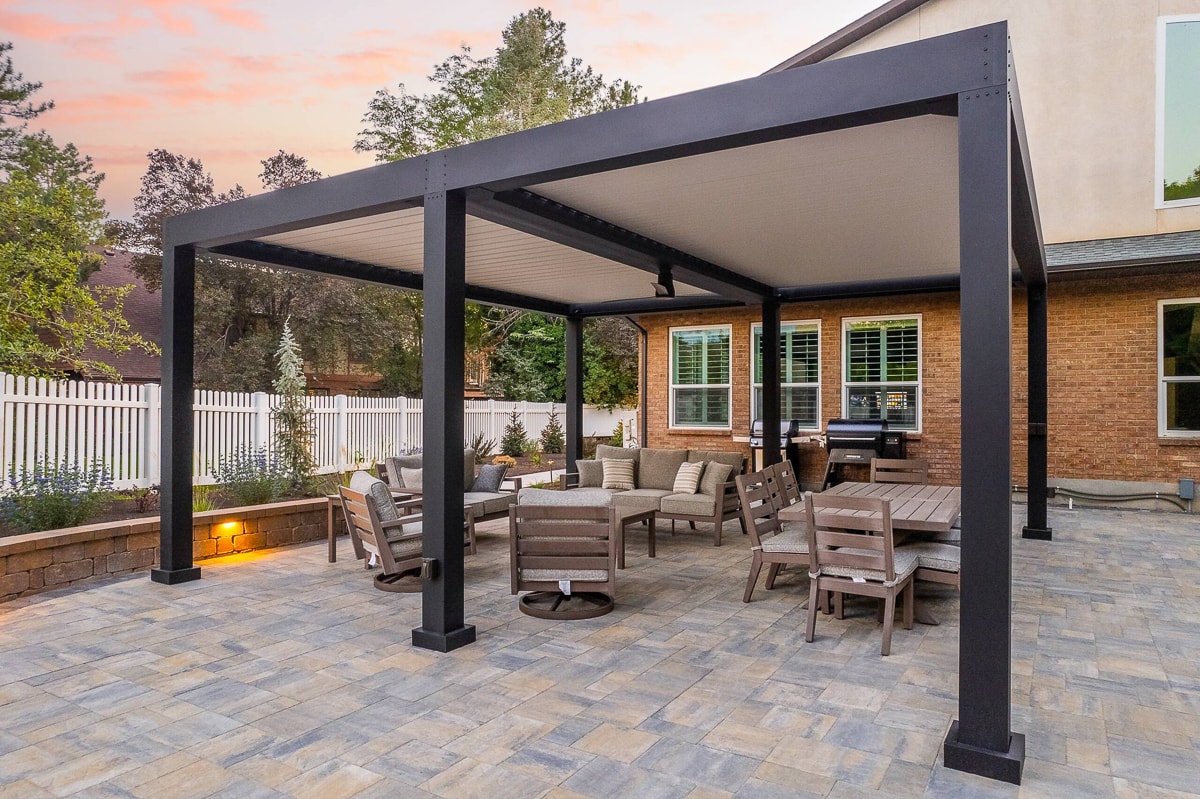
Positioning your pergola at a 45-degree angle can often help your structure withstand high winds better than a typical install.
In places like coastal Florida and Texas, learning what your local wind loads are is critical in determining the size and how tall your pergola can be. Site-specific engineering may be needed to determine the best way to install your pergola.
Maintenance for Wind Resistance
As with any exterior product added to your home, it is a must that you properly maintain it. Check the structure a few times a year for signs of corrosion, rust, or rot, depending on your material.
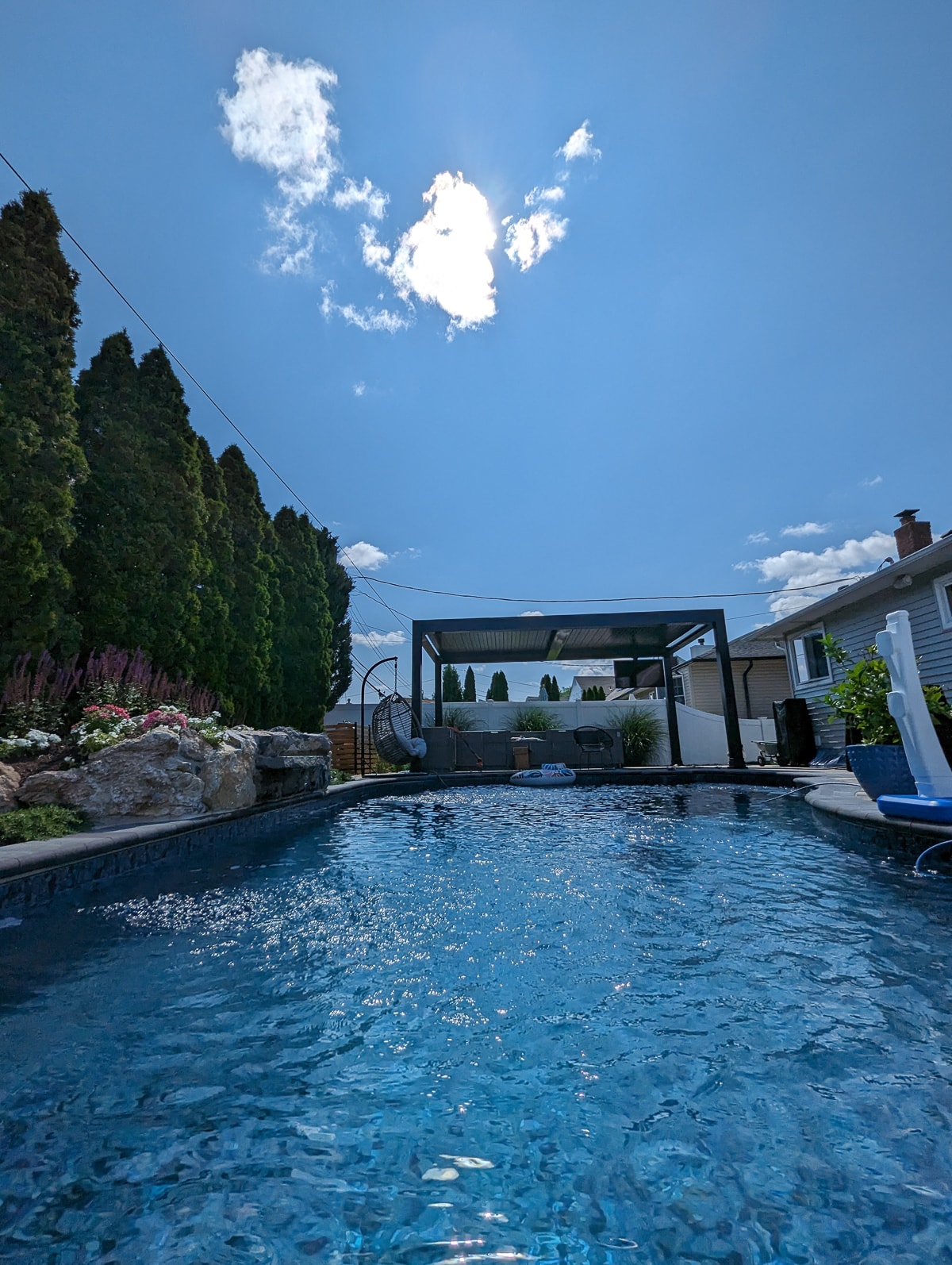
Keeping a maintenance schedule will ensure that you don't get surprised with an unwanted issue down the road.
Pergola Styles for High Winds
As discussed above, an attached pergola to your home will do a couple of things; it will give added strength to the pergola, overall, and will also receive a wind buffer from the home itself.
Freestanding pergolas are also very common. If going the freestanding route, it is imperative that your installation is solid and your concrete footings are poured deep enough with a large enough diameter, as well. Consider things like structural integrity, durability, and low maintenance when selecting your pergola material and overall design.
Conclusion
A wind-resistant pergola requires careful thought regarding materials, design, and installation. Regular maintenance and yearly inspections are crucial to ensure longevity and safety for decades to come.
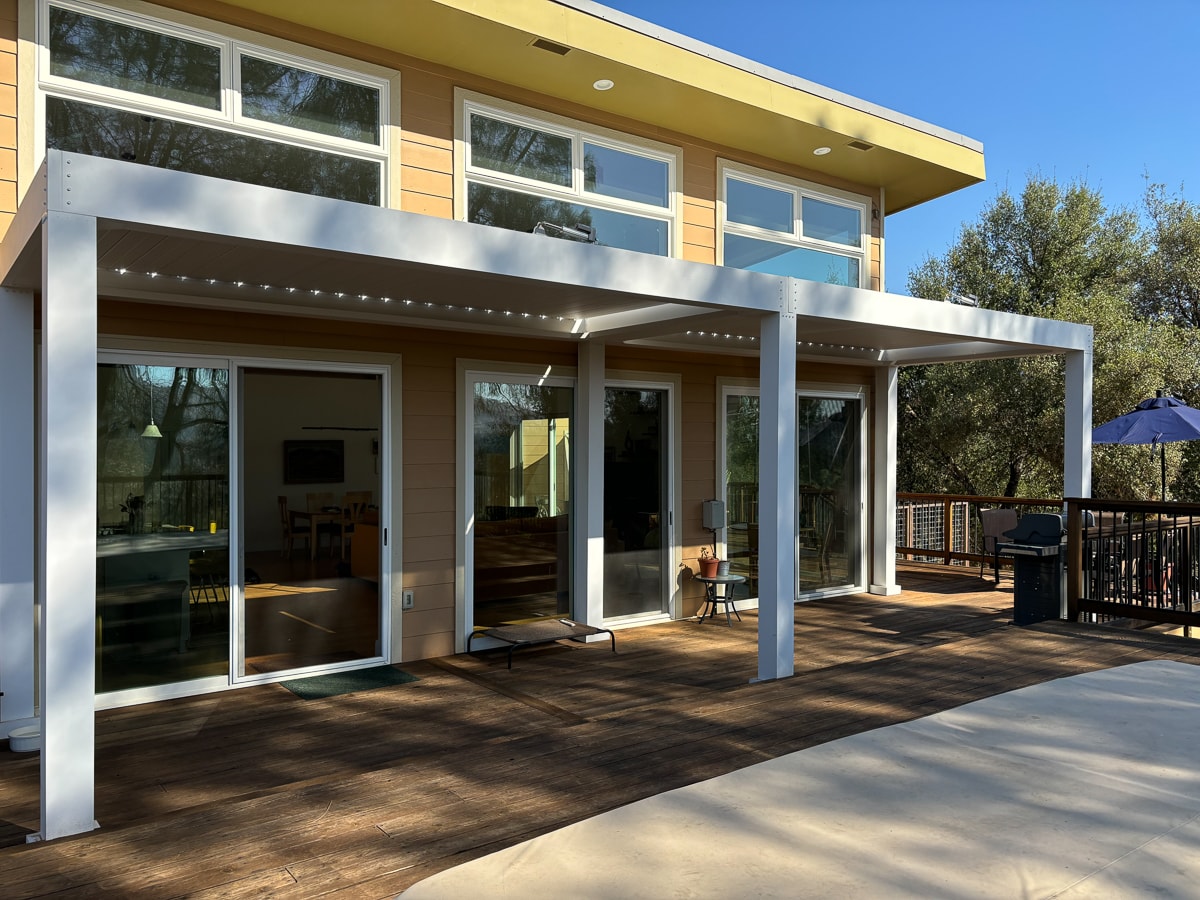
Look out for signs of rust, rot, or corrosion as you enjoy your pergola. Keeping a close eye on this will save you headaches and money over the long term and you can address any issues, promptly. With planning and correct precautions, your pergola can be enjoyed year-round, even in coastal, hurricane zones.



